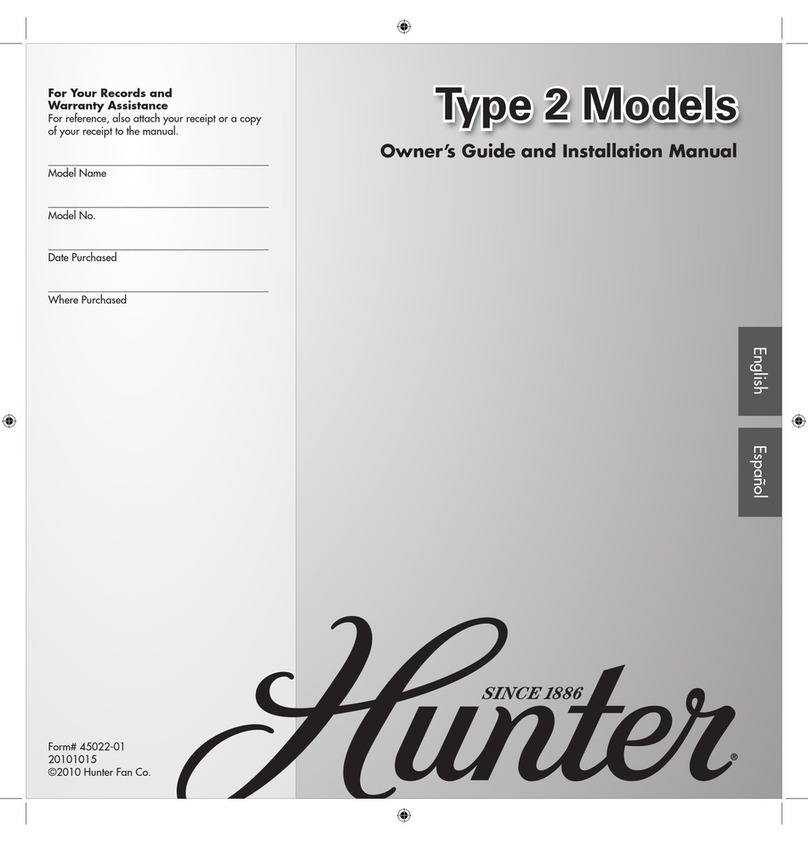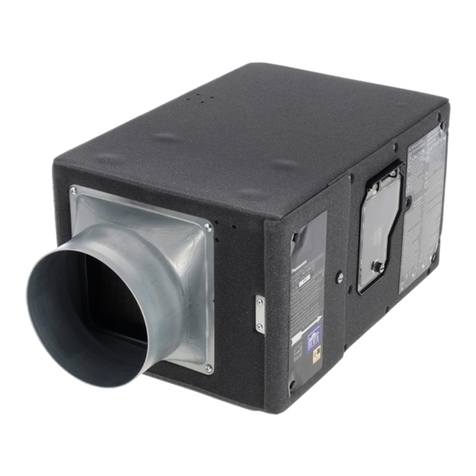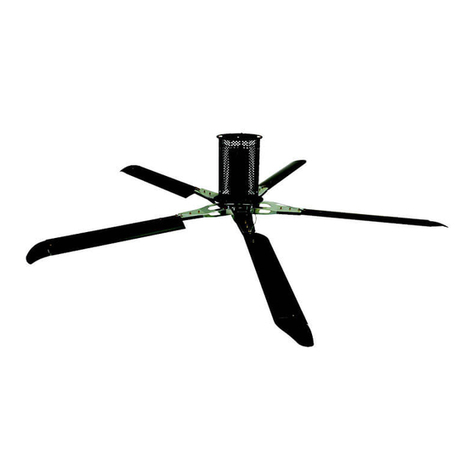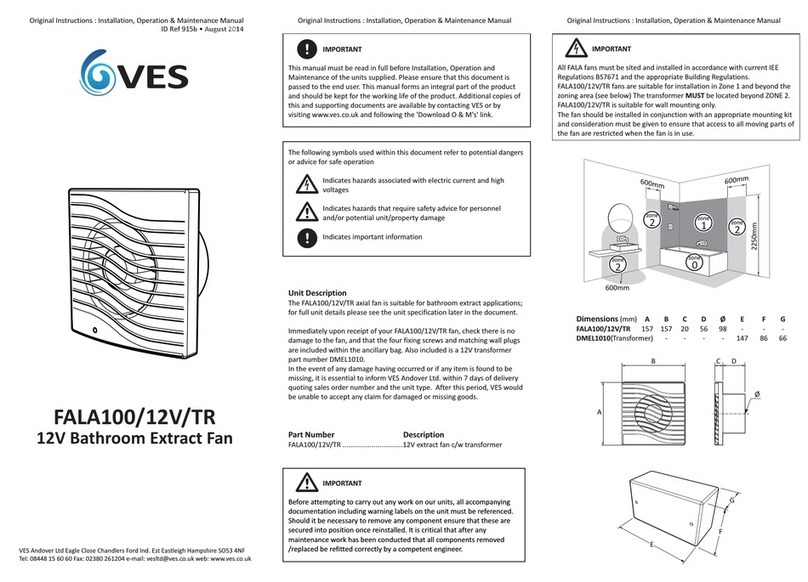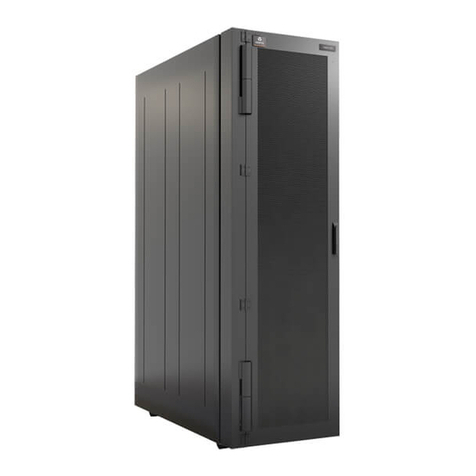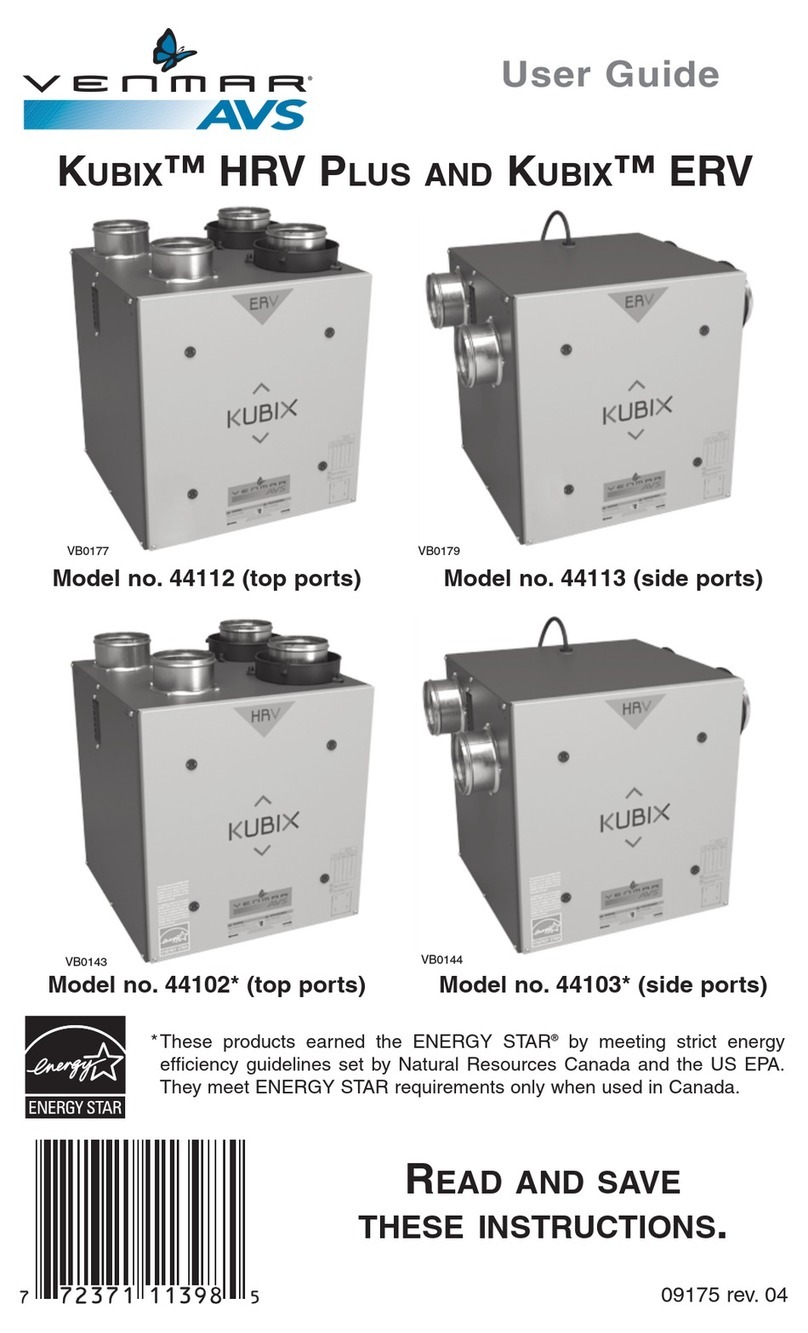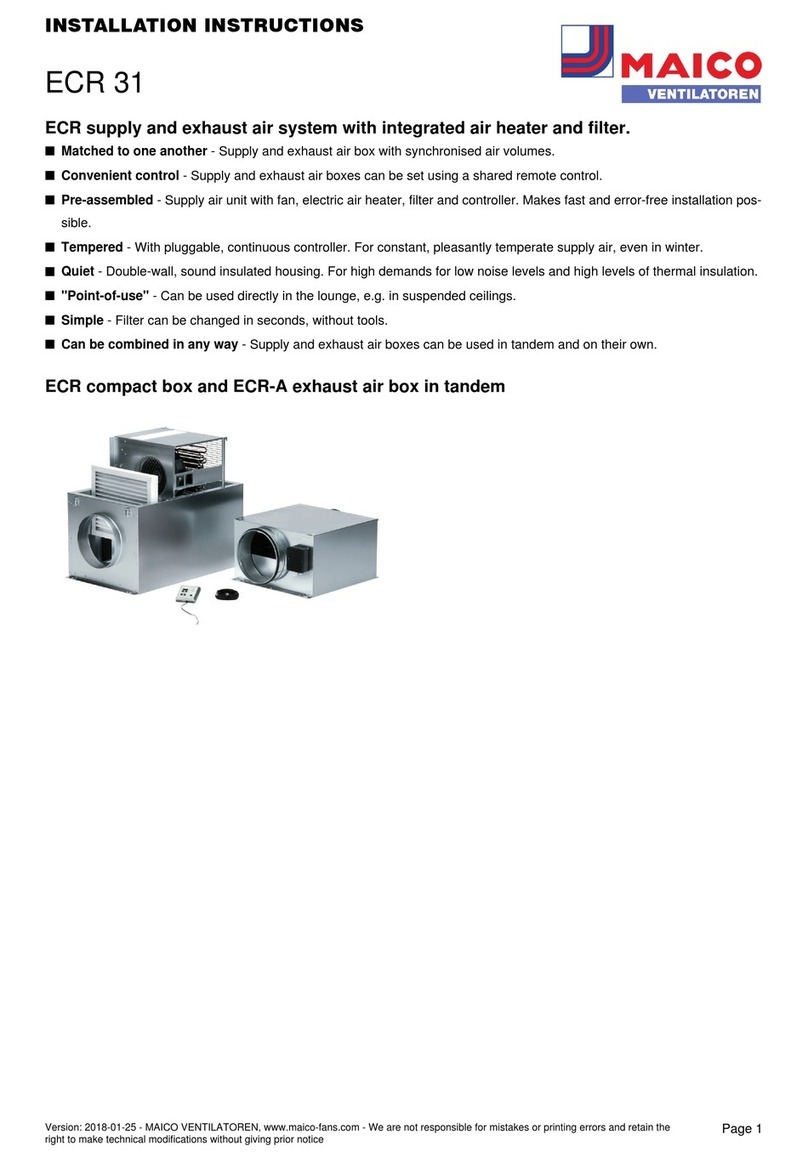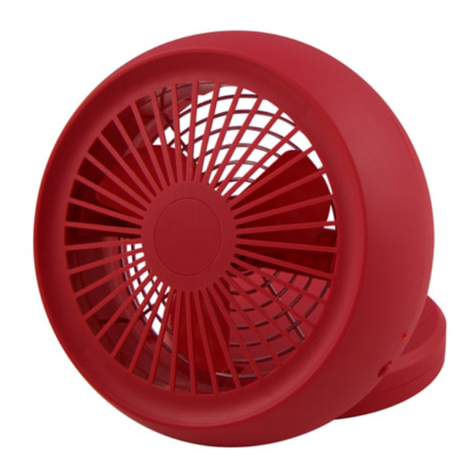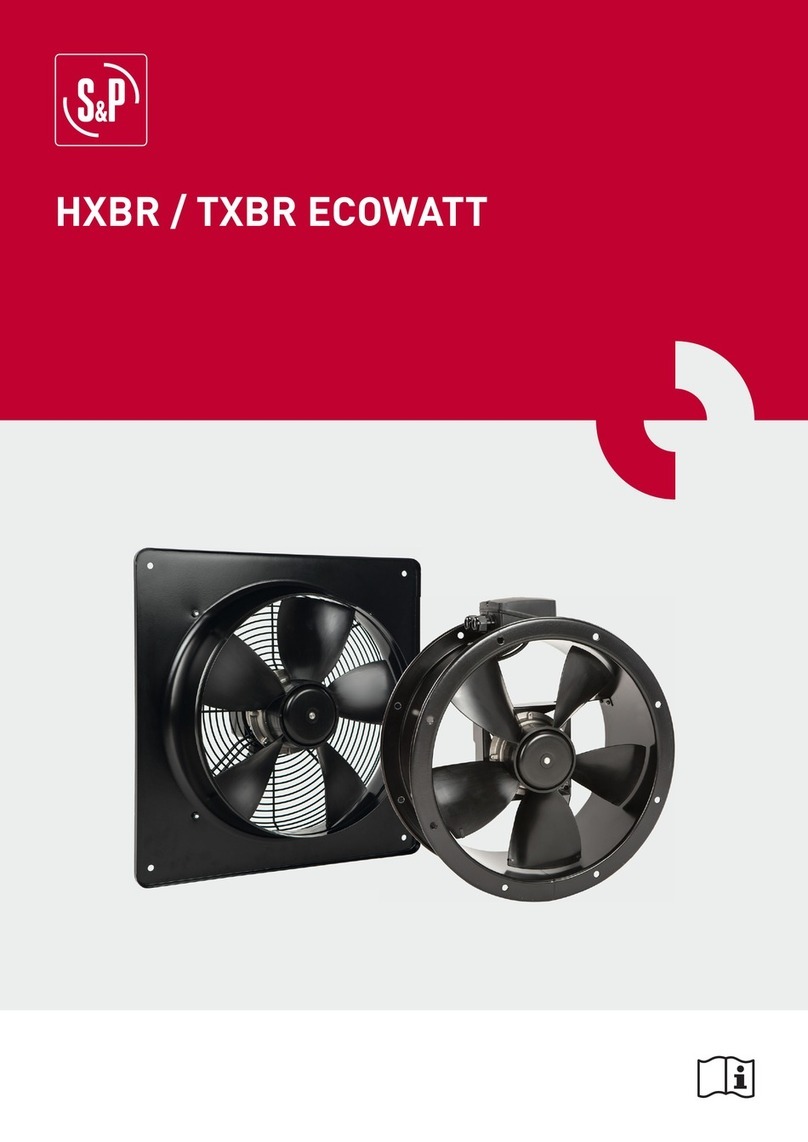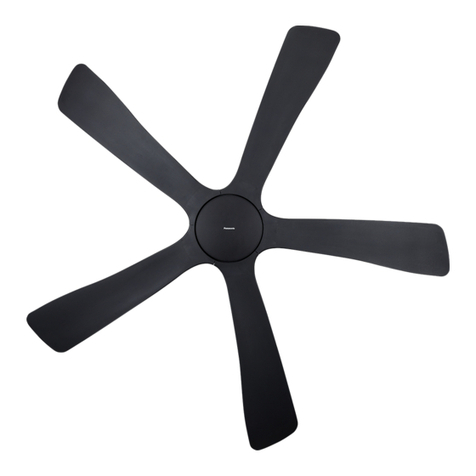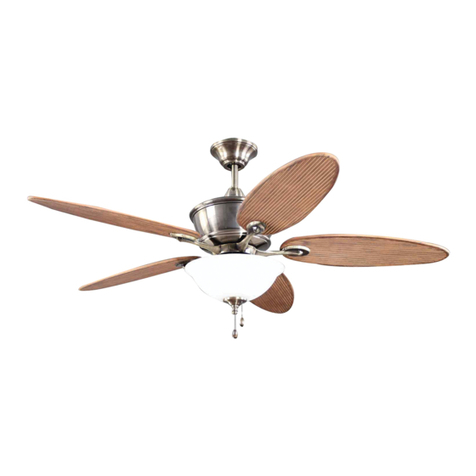
© Entrematic Group AB 2015
November 2016 6020031A — Commercial HVLS Fans 3
SAFETY PRACTICES
READ AND SAVE THESE INSTRUCTIONS.
READ THESE SAFETY PRACTICES BEFORE
INSTALLING, OPERATING OR SERVICING THE FAN.
Failure to follow these safety practices could result in
death or serious injury.
READ AND FOLLOW THE OPERATING INSTRUCTIONS
IN THIS MANUAL BEFORE OPERATING THE FAN. If you
do not understand the instructions, ask your supervisor
to teach you how to use the fan.
To reduce the risk of electric shock, do not expose to
water or rain.
Support directly from building structure.
To reduce the risk of re, electric shock and injury to
persons, HVLS fan motor assemblies must be installed
with the blade assemblies that are marked on their
cartons to indicate the suitability with this model. Other
blade assemblies cannot be substituted.
To reduce the risk of re or electric shock, do not use
this fan with any solid-state speed control device
Be certain to follow the instructions in this manual.
If you do not understand the instructions, ask your
supervisor to explain them to you or call your authorized
local distributor.
To reduce the risk of injury to persons, install fan so that
the blade is at least 3.05m (10') above the oor.
INSTALLATION AND OPERATION:
Installation of the equipment must comply with local and
national electrical codes and must be in accordance with
ANSI/NFPA 70 clauses 400.7 and 400.8.
Do not use this commercial fan until you have received proper
training. Improper use could result in property damage,
bodily injury and/or death. Read and follow the complete
OPERATING INSTRUCTIONS on page 20 before use. If
you do not understand the instructions, ask your supervisor
to explain them to you or call your local distributor.
DO NOT USE THE FAN IF IT APPEARS DAMAGED OR
DOES NOT OPERATE PROPERLY. Inform your supervisor
immediately.
Do not operate the fan until all personnel, building structure
and moveable equipment are clear of all moving parts. Install
guards as required.
Do not install the fan unit onto structure of insufcient
strength. Consult a professional engineer or registered
architect. Improper installation of the fan could result in
death or serious injury.
For fans that will be subjected to high cross winds (open
bay doors or air conditioning diffuser ducts) the fan must be
at least one fan diameter (as measured from the end of the
winglet) from open bays or A/C ducts mounted below the
blade plane or there must be at least one fan diameter (as
measured from the end of the winglet) for A/C ducts mounted
at or above the blade plane.
MAINTENANCE AND SERVICE:
Before service, inspection, or cleaning make certain
that the power is disconnected and properly locked off.
If the fan does not operate properly using the procedures
in this manual, BE CERTAIN TO REMOVE POWER FROM
THE UNIT AND LOCK-OUT THE DISCONNECT ON THE
POWER CIRCUIT. Call your local distributor for service.
Keep your body clear of moving parts at all times.
All electrical troubleshooting and repair must be done by a
qualied technician and meet all applicable codes.

